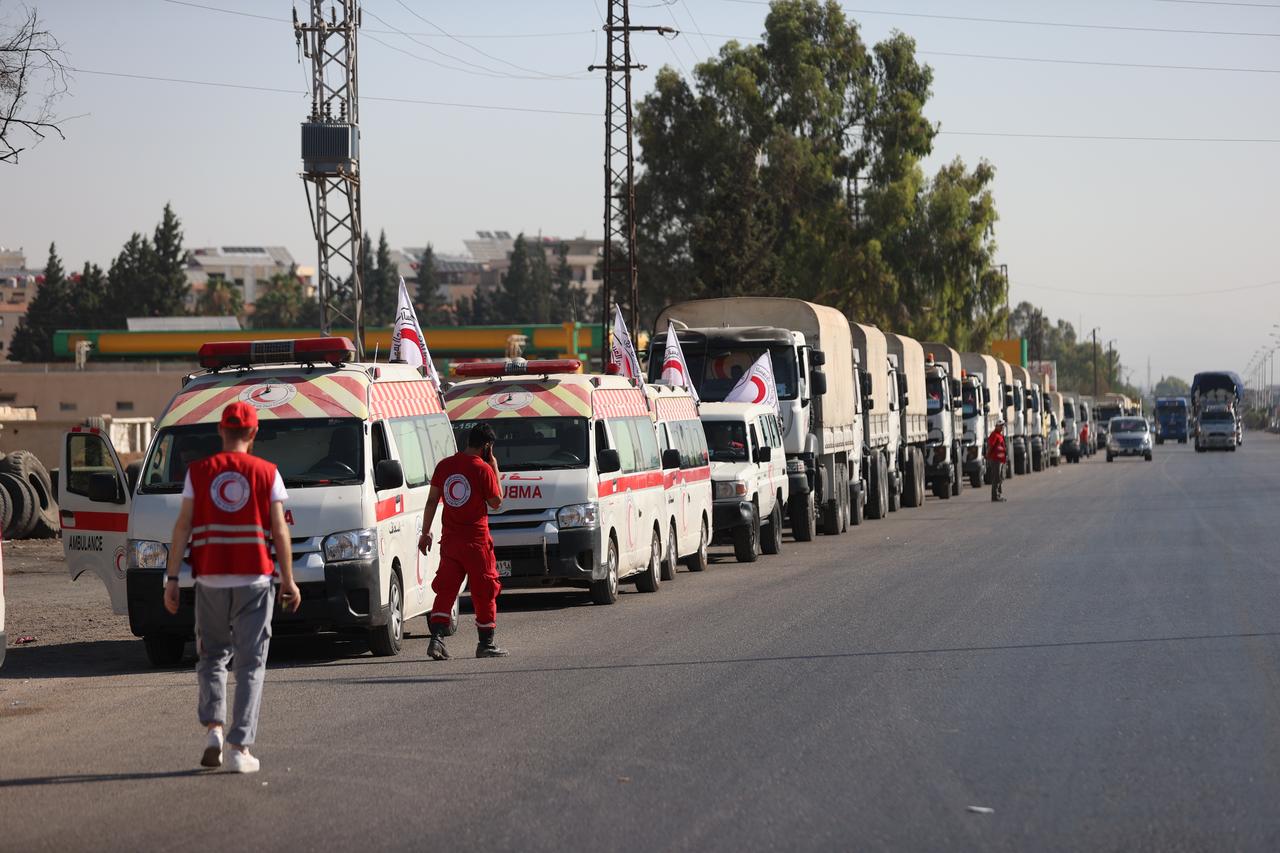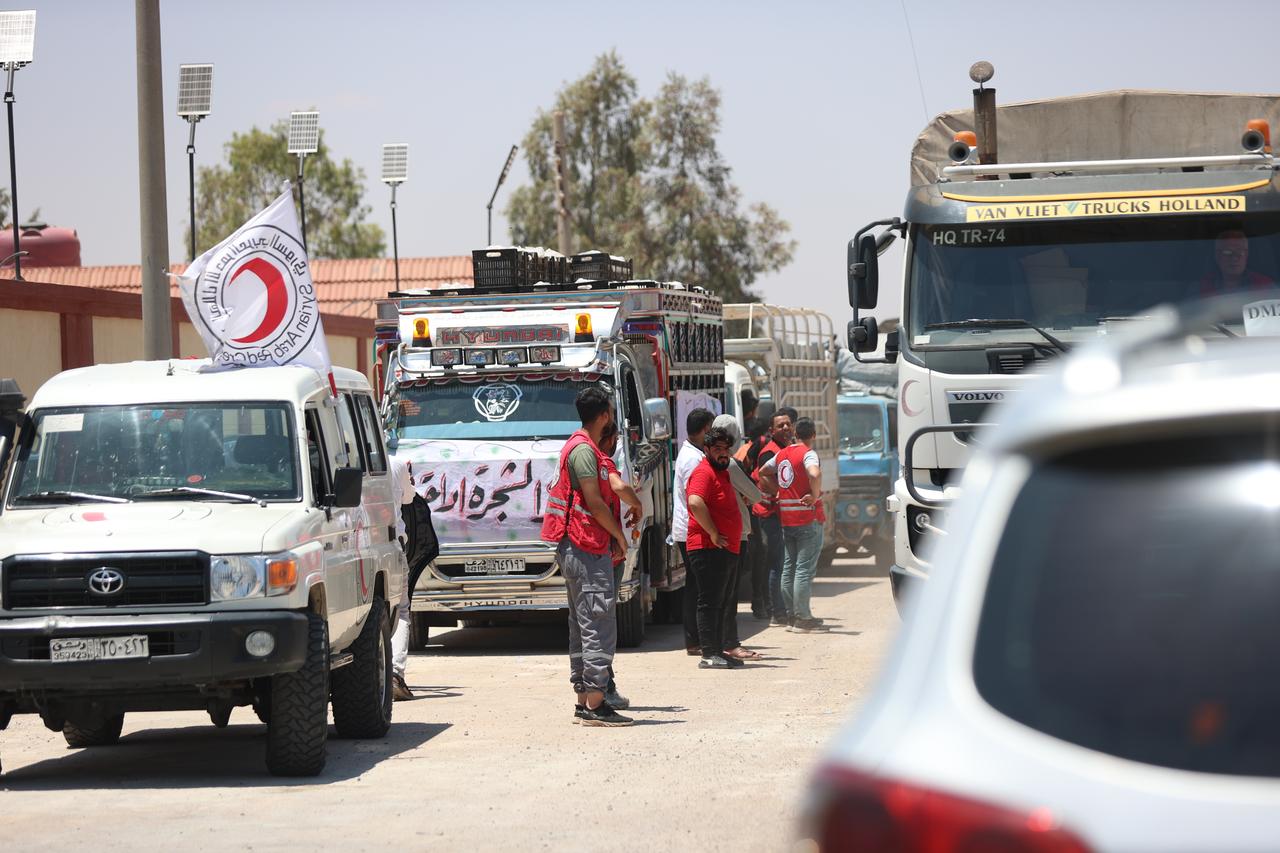
After tribal forces managed to enter the city of Sweida, the Syrian government succeeded in persuading them to withdraw as part of a ceasefire agreement brokered by the United States. However, following the deal—much like the previous six or seven ceasefire attempts since the fall of the Assad regime—the Druze leader, Hajari, once again sabotaged the agreement, effectively blocking humanitarian aid from reaching the Druze community.

Thanks to significant efforts by the Syrian government, the tribal forces agreed to withdraw and hand control of the captured areas over to the Syrian General Security Forces. Despite this, the humanitarian situation deteriorated sharply. According to UN estimates, approximately 120,000 civilians were forced to flee their homes.
The Syrian government established several humanitarian relief centers to assist the displaced civilians from Sweida, who are predominantly Bedouin Arabs.
Inside Sweida, the situation of the Druze community is equally dire. The governorate is effectively cut off from the outside world. Civilians are in desperate need of humanitarian aid, as well as the restoration of basic services such as electricity, internet access, and healthcare.
To assist these civilians, the Syrian government, in collaboration with the International Red Crescent and international donors, organized a large humanitarian aid convoy intended to support the Druze community. Three ministers—including the Minister of Health, the Minister of Emergency Relief, and the Minister of Social Affairs—accompanied the aid mission.

Druze leader Hajari and militias loyal to him sent a warning to the Syrian government, threatening to attack both the convoy and government officials. They rejected the entry of the government delegation into Sweida and demanded that only international aid organizations be allowed into the governorate.
The Christian Minister of Social Affairs attempted to negotiate but talks with Hajari ultimately failed. In the end, the government decided to send in the humanitarian aid without any accompanying government delegation.
As they withdrew, the tribal forces handed over control of the villages they had captured to the Syrian General Security Forces. According to the US-brokered agreement, these security forces were supposed to maintain order in Sweida.
Unfortunately, as in previous instances, Druze militias attacked the Syrian security forces. Police units were pushed out of two villages, prompting tribal forces to resume fighting in those areas.
While sporadic fighting erupted again, efforts supported by the United States are underway to broker a prisoner exchange between all parties involved in the recent fighting in Sweida.